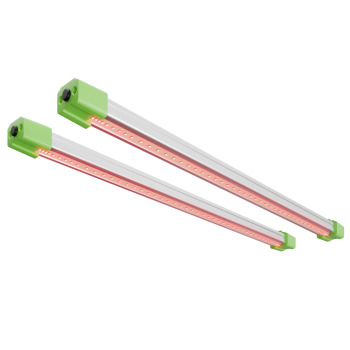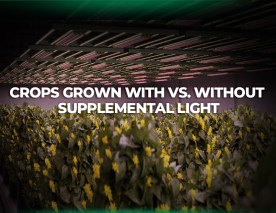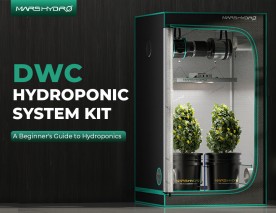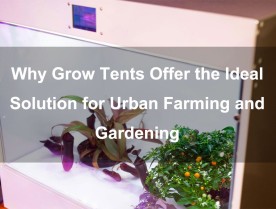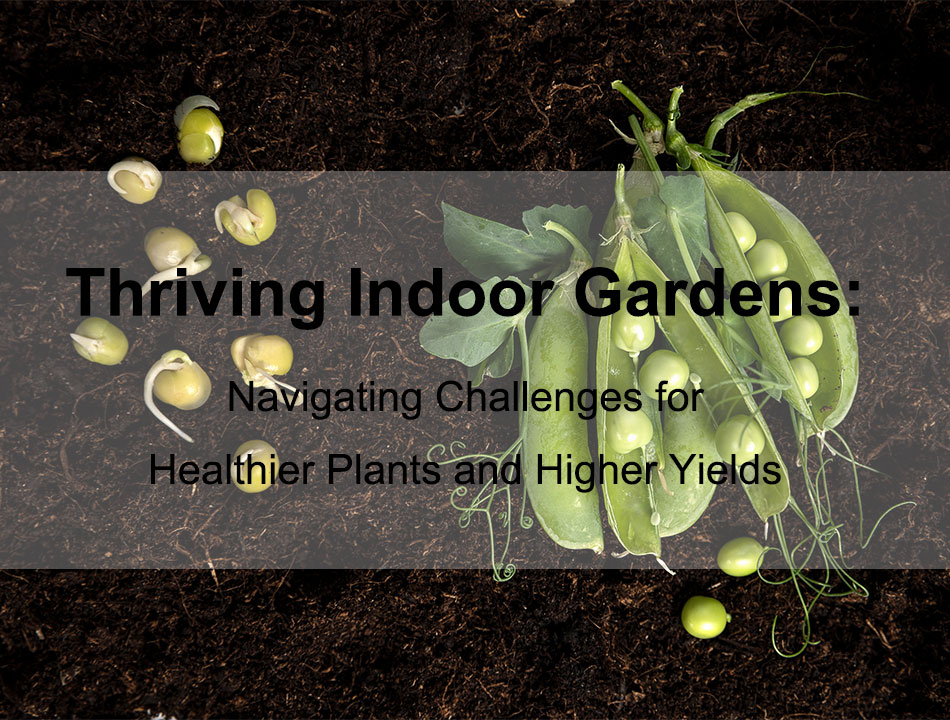
Are you experiencing persistent plant diseases and consistently poor yields in your indoor garden? Wondering what might be affecting the health and productivity of your indoor plants despite your efforts? Understanding the underlying issues and implementing strategic solutions are key to achieving a flourishing indoor garden. Let's delve into the common challenges faced by indoor gardeners and discover how advanced solutions can lead to healthier plants and higher yields.
Recognizing Signs of Distress in Indoor Gardens
Indoor gardening offers the advantage of controlled environmental conditions, yet it also poses unique challenges such as plant diseases and poor quality yields. These issues can significantly undermine the economic value and satisfaction derived from indoor gardening. The proliferation of plant diseases within indoor settings can be exacerbated when key environmental factors—such as light, soil moisture, and temperature—are not optimally managed.
Have you noticed signs of distress in your indoor garden? Perhaps your plants exhibit elongated, spindly stems that stretch desperately towards any available light source, as if searching for nourishment. This stretching, known as etiolation, often results in weak, fragile stems that struggle to support the plant’s growth, leaving them prone to bending or breaking.
Additionally, you might observe the leaves becoming pale yellow, a condition called chlorosis, indicating a lack of essential nutrients or photosynthetic activity. This discoloration could affect older or newer leaves, leading to premature leaf drop, where leaves shed from the plant earlier than expected.
Blossoms could also be scarce, with fewer flowers than you were hoping for. When plants lack the right conditions, the few flowers they do produce often wilt quickly or fail to develop into healthy fruits. The fruits and vegetables that do form may be undersized or poorly developed, lacking the vibrant flavor, color, and quality you anticipated. They could be misshapen, have blemishes, or show signs of inconsistent ripening.
If your plants appear generally stunted, with minimal leaf development and reduced vigor, it’s a clear sign of their inability to thrive under current conditions. Such symptoms do not just detract from the lush appearance of your garden—they also impact its productivity and economic potential. Early recognition of these signs is crucial as it enables timely corrective actions, helping to restore the health and vitality of your garden.
Why Do These Problems Occur?
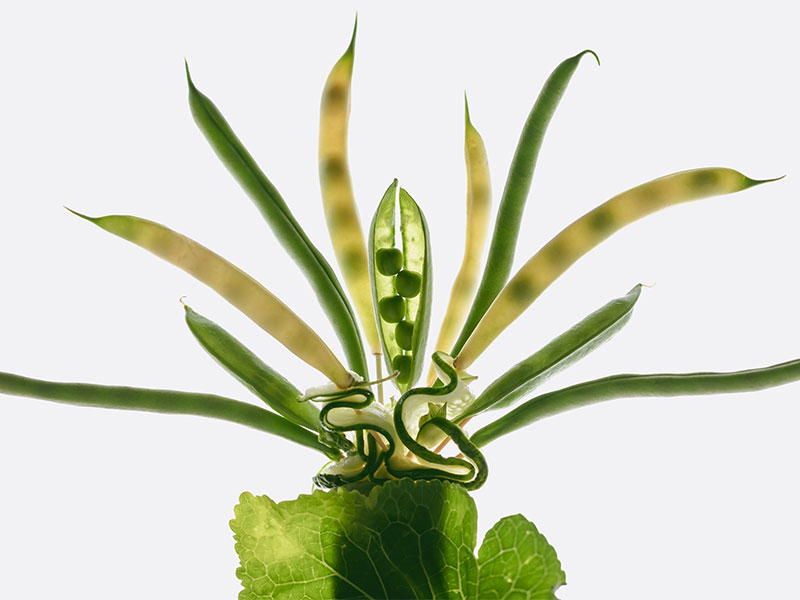
To effectively tackle these problems, it's crucial to first understand their root causes. Key factors contributing to these challenges include limited light exposure, inconsistent soil moisture, and fluctuating temperature conditions—elements vital for plant health that are often compromised in indoor settings.
Inadequate light stands out as particularly detrimental among these factors. Light is the primary driver of photosynthesis, the process by which plants convert light energy into chemical energy, crucial for their growth and development. During photosynthesis, chlorophyll in the plant absorbs light, using this energy to convert carbon dioxide and water into sugars that fuel growth.
When plants don't receive adequate lighting, photosynthesis is severely impaired, resulting in insufficient energy production. This energy deficiency manifests as stunted growth because plants lack the sugars needed to produce new stems and leaves. Flowers may also be fewer in number, poorly formed, or not bloom at all. This results in lower yields as blossoms fail to develop into fruit.
The lack of proper lighting also compromises the quality of the produce. Fruits and vegetables tend to be smaller, lacking the robust flavors and vibrant colors associated with healthy growth. Additionally, low light conditions can trigger plants to overextend their stems to seek out more light, resulting in weak, spindly growth that cannot support the weight of healthy leaves or fruit.
The importance of consistent light exposure cannot be overstated. It determines how effectively plants can produce food and influences their resistance to stress and disease. Inadequate light conditions can reflect a risk that, if not managed properly, will lead to a significant reduction in the "credit rating" for the health and productivity of your garden. The long-term outcome is often a poor-quality harvest that doesn't meet projected expectations.
Providing adequate and consistent light is crucial for plants to grow, flower, and bear fruit effectively. By ensuring optimal lighting conditions, you protect the health, productivity, and value of your indoor garden, creating a flourishing and sustainable growing environment. When plants lack ultraviolet (UV), infrared (IR), and deep red light, their ability to photosynthesize is impaired, leading to abnormal leaf development, stunted growth, and weakened immunity. These deficiencies ultimately affect fruit quality and yield, underscoring the need for comprehensive lighting solutions that address these gaps.
Optimizing Growth with Adlite Supplemental Lights
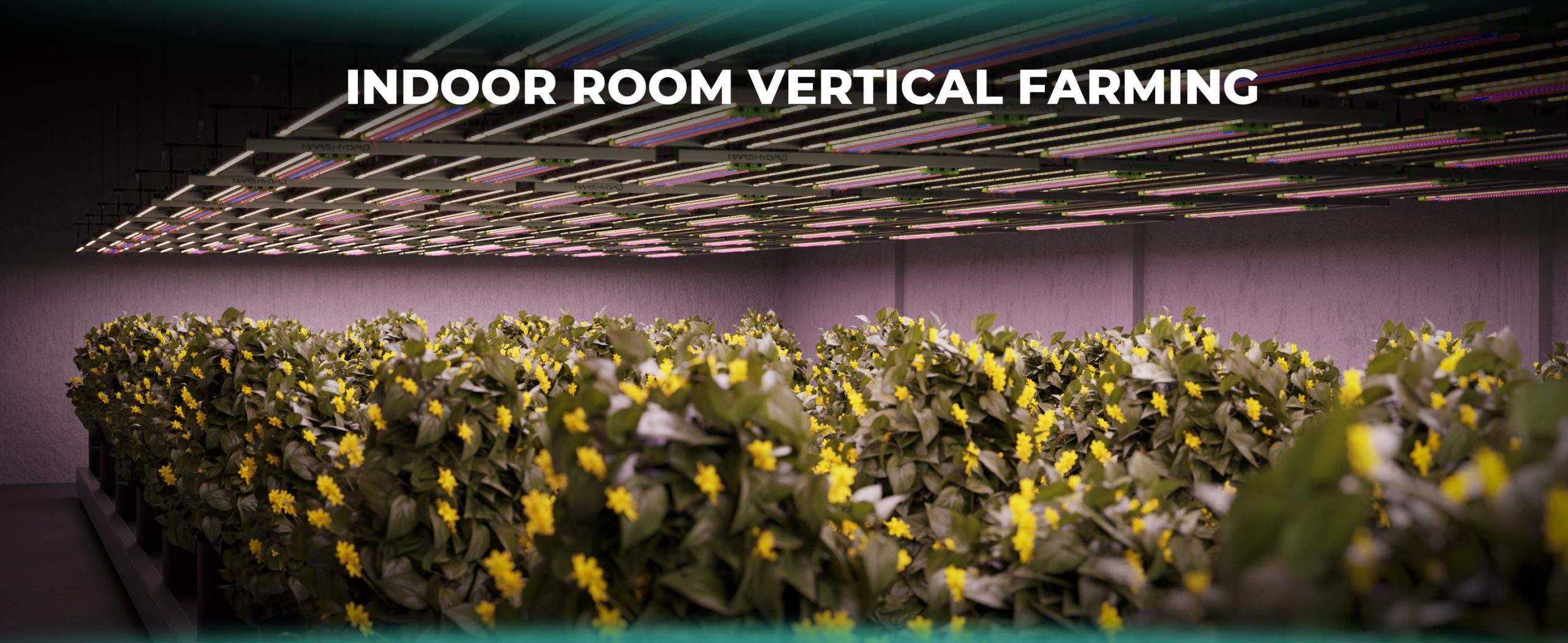
Indoor gardening comes with unique challenges, particularly regarding plant health and productivity. Addressing these challenges requires lighting technologies that can replicate the most beneficial aspects of natural sunlight.
To assist growers in effectively overcoming these challenges, Mars Hydro recommends the Adlite Series. These grow lights, equipped with UV, infrared (IR), and deep red supplemental lights, offer cutting-edge solutions by enhancing photosynthesis, boosting secondary metabolite production, and improving both yield and quality.
Enhancing Photosynthesis
While ultraviolet (UV) light isn't directly involved in photosynthesis, its impact on plant life is profound. UV-A (320-400 nm) aids in synthesizing essential pigments and antioxidants. These compounds are vital for photosynthesis and overall plant health. Controlled doses of UV-A light from the Adlite series strengthen plant defense mechanisms and indirectly enhance photosynthesis by stimulating the production of protective compounds. This allows plants to better withstand environmental stressors, promoting healthier growth and development.
IR light plays a significant role in maintaining optimal temperature conditions for photosynthesis, especially in colder climates. It helps maintain ideal leaf temperatures between 25-30°C, crucial for most temperate-zone plants. The warmth of IR light encourages growth, particularly in stem elongation and node spacing. By creating optimal temperature ranges, Adlite's IR supplemental lights indirectly enhance photosynthesis, leading to lush, vigorous plant growth.
Deep red light, also integral to the Adlite series, specifically targets the peak absorption spectrum of chlorophyll, which is essential for efficient photosynthesis. It promotes greater energy efficiency in photosynthetic processes, supporting robust plant growth. Moreover, deep red light significantly enhances flowering and fruiting, making it invaluable for increasing both the quality and quantity of yields in indoor gardening.
Stimulating Secondary Metabolite Production
UV and IR light are critical for enhancing plant resilience through secondary metabolite production. The Adlite series UV and IR lights stimulate photoreceptor proteins that activate complex signal transduction pathways, leading to the synthesis of secondary metabolites crucial for plant protection.
UV exposure encourages the production of antioxidants like polyphenols and carotenoids, which safeguard plant cellular structures against free radical damage. Additionally, UV light increases anthocyanins, giving purple flowers their distinctive color while boosting the medicinal properties of certain herbs.
IR light increases internal cellular temperatures, accelerating enzyme activity and metabolite production. The Adlite series IR lights optimize this process by prompting plants to produce more secondary metabolites as a defensive response to environmental changes.
Improving Yield and Quality
Incorporating UV, IR, and deep red light into indoor gardening can significantly improve both yield and quality. The Adlite series grow lights ensure a consistent, full spectrum that mimics natural sunlight, stimulating crop development in multiple ways:
- Nutritional Enhancement: UV-A and UV-B activate pathways leading to increased vitamin and antioxidant synthesis. This enhancement improves the nutritional quality of crops.
- Sugar Content and Flavor: IR light encourages plants to produce more sugars, resulting in sweeter, more flavorful fruits.
- Yield Increase: IR light accelerates biochemical processes, potentially shortening harvest time and enhancing growth rates, ultimately leading to higher crop yield. Deep red light also contributes by optimizing the flowering and fruiting stages, further boosting yield.
With Adlite supplemental lights, you can ensure consistent light distribution, optimizing soil moisture and temperature to significantly reduce risks to your indoor garden. The result is a flourishing garden with enhanced photosynthesis, resilient plants, and better-quality yields.
Conclusion
The strategic use of Adlite series grow lights in your indoor garden not only mitigates the risks associated with inadequate environmental control but also enhances the economic and aesthetic value of your gardening efforts. This investment reflects a methodical approach to indoor gardening, aiming to produce high-quality yields and ensure the sustainability of your plant cultivation. Embrace this advanced lighting solution to empower your indoor garden to thrive under any conditions, turning potential risks into projected rewards.




